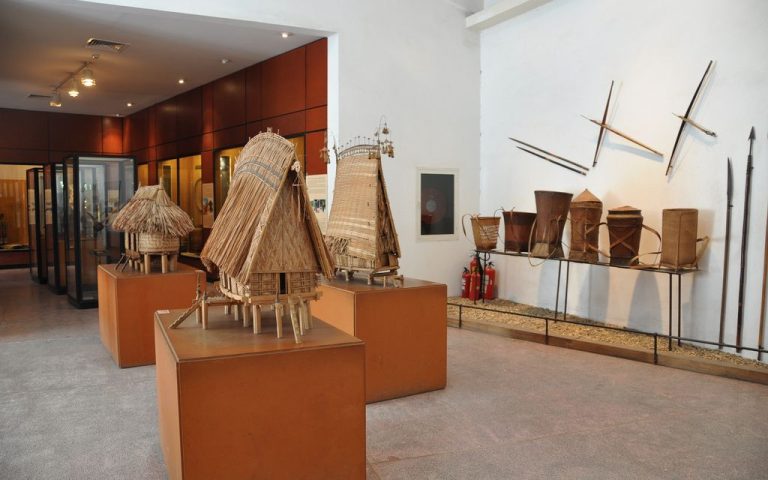
Experiencing Vietnam’s Rich Ethnic Diversity at the Vietnam Museum of Ethnology
Experiencing Vietnam’s Rich Ethnic Diversity at the Vietnam Museum of Ethnology Embarking on a journey through the Vietnam Museum of
The Old Quarter of Hanoi, Vietnam, stands as a living testament to the city's rich history and cultural heritage. This historic district, dating back over a thousand years, is a labyrinth of narrow streets and alleyways, each brimming with its own unique charm and character. As you wander through its bustling thoroughfares, you'll encounter a fascinating blend of ancient temples, colonial-era architecture, and vibrant street markets. The Old Quarter is also a culinary paradise, offering an array of traditional Vietnamese dishes served by street vendors and local eateries. From the iconic flavors of pho and banh mi to the aromatic delights of bun cha and fresh spring rolls, every corner offers a new culinary adventure. Whether you're exploring its historic landmarks, sampling its delectable street food, or simply soaking in the lively atmosphere, the Old Quarter of Hanoi is sure to captivate and enchant visitors with its timeless charm.
Location: Old quarter, Hoan Kiem, Hanoi, Vietnam (click here to open google map)
In this article, we'll guide you through the must-visit gems nestled within the enchanting Hanoi Old Quarter. As you journey through the charming streets of Hanoi, these destinations promise to leave an indelible mark on your Hanoi travel experience.
Located right in the heart of Hanoi, the Old Quarter offers a myriad of transportation options for easy access. You can hop on a bus to either Hoan Kiem Lake, approximately 1.8km away (bus routes: 36, 09, 14), or to the Quan Chuong Gate, just 2km from the Old Quarter (bus routes: 03, 14, 18, 34). Traveling by bus allows you the convenience of exploring the Old Quarter without worrying about parking, although expect to do some walking upon arrival.
For a more leisurely experience, consider renting a motorbike or a cyclo to navigate the charming streets of the Old Quarter. Rental prices typically range from 150,000 VND to 200,000 VND per vehicle, depending on the type and time of rental. Be sure to negotiate the price with the driver beforehand to secure the best deal possible.
Discover must-try street foods when traveling to HanoiThe following locations are arranged in order from nearest to farthest, with each subsequent location being the closest to the previous one. Therefore, you can visit each location in sequence from top to bottom or from bottom to top for the most convenient travel experience.
Open time: 6:00 AM - 18:00 PM from Monday to Thirday
6:00 AM - 22:30 PM from Friday to Sunday
Dong Xuan Marketis one of the largest and oldest shopping destinations in Hanoi, Vietnam. Built in the early 20th century, Dong Xuan Market is not only a place for trading goods but also a cultural and historical icon of the city."What to Eat at Dong Xuan Market?"
Just a short distance from Dong Xuan Market, about 200 meters from the entrance, you'll find the Dong Xuan Market food area. You don't need to worry too much about the prices of street food here, as dishes typically range from 20,000 to 30,000 VND each. In fact, even just 100,000 VND is often enough to fill you up with the delicious and diverse range of dishes available here.
As you venture into the market area, you'll find plenty of food stalls surrounding you, offering a wide array of choices. Here are some typical dishes you might consider trying:

Hang Ma street is closely associated with the production and trading of paper goods, ceremonial items, and traditional decorations following Eastern culture, as well as paper folk toys. Over time, the area has expanded its business to include various items such as wedding cards, postcards, decorative flowers, stationery, and modern toys.
This place is not only a bustling marketplace but also a fantastic spot for entertainment and stunning photo opportunities that you shouldn't miss when visiting Hanoi. The shops here are adorned with dazzling displays of merchandise according to each season and holiday occasion. The most special times to visit are during major holidays such as Tet (Lunar New Year), Mid-Autumn Festival, Christmas, Halloween, and more. You'll find yourself immersed in a wonderfully colorful space filled with festive vibes.
Some tips when visiting Hang Ma Street:

The Bach Ma Temple, also known as the Quan Thanh Temple, is one of the most revered and historic sites in Hanoi, Vietnam. Built in the 11th century, this temple is considered the largest and most significant in the city, dedicated to gods and national heroes.
Situated in the heart of Hanoi, the Bach Ma Temple is an unmissable destination for visitors to the city. Surrounded by a tranquil garden, it immerses visitors in the ancient atmosphere of the temple, offering a sense of serenity and sanctity.
When visiting the Bach Ma Temple, there are some important considerations to keep in mind:
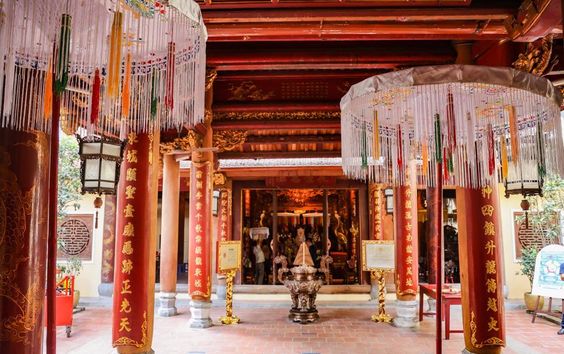
In Hanoi, Vietnam, O Quan Chuong Gate stands as one of the city's most significant and noteworthy historical landmarks. Constructed in the 10th century, Quan Chuong Gate once served as the main entrance to Thang Long, the former name of Hanoi, and has witnessed numerous pivotal events in the nation's history.
Tourists often visit Quan Chuong Gate to explore and learn about the history and culture of Hanoi. It's an ideal place to admire the ancient architecture and city walls that once protected ancient Thang Long. Visitors can also tour nearby historical sites and museums to gain deeper insights into the city's historical past.
Moreover, Quan Chuong Gate is an excellent stopping point to indulge in Hanoi's culinary delights. Travelers can find eateries, cafes, and street food vendors nearby, where they can savor delicious local specialties such as pho, banh mi, bun cha, nem ran, and more. This presents a wonderful opportunity to experience the unique flavors and culinary culture of Hanoi.
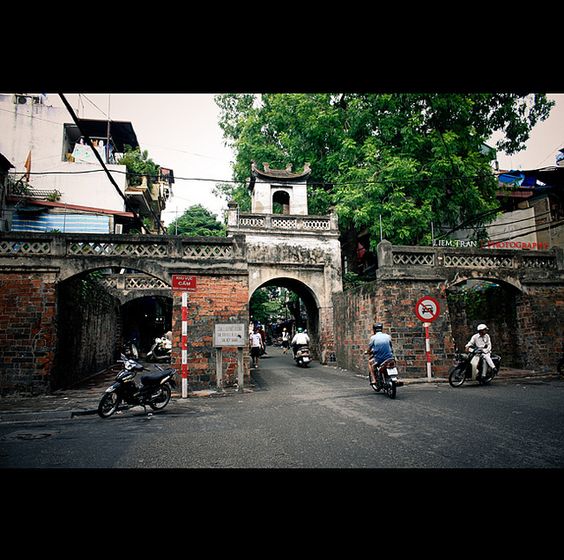
Ma May Ancient House stands as a captivating historical gem, offering visitors a glimpse into the city's rich cultural heritage. Dating back to the 19th century, Ma May Ancient House is a well-preserved example of traditional Vietnamese architecture, reflecting the lifestyle and customs of Hanoian families from bygone eras.
Visitors to Ma May Ancient House will be enchanted by its unique features and historical significance. The house boasts typical architectural elements of a traditional Hanoi home, including a narrow facade, a central courtyard, wooden pillars, and tiled roofs. Inside, intricate wooden carvings, antique furniture, and decorative motifs further showcase the elegance of Vietnamese craftsmanship.
Exploring Ma May Ancient House provides travelers with a firsthand experience of daily life in old Hanoi. Visitors can wander through the interconnected rooms, each offering insights into different aspects of traditional Vietnamese culture, from family rituals to architectural design.
While visiting Ma May Ancient House, there are a few important considerations to keep in mind:
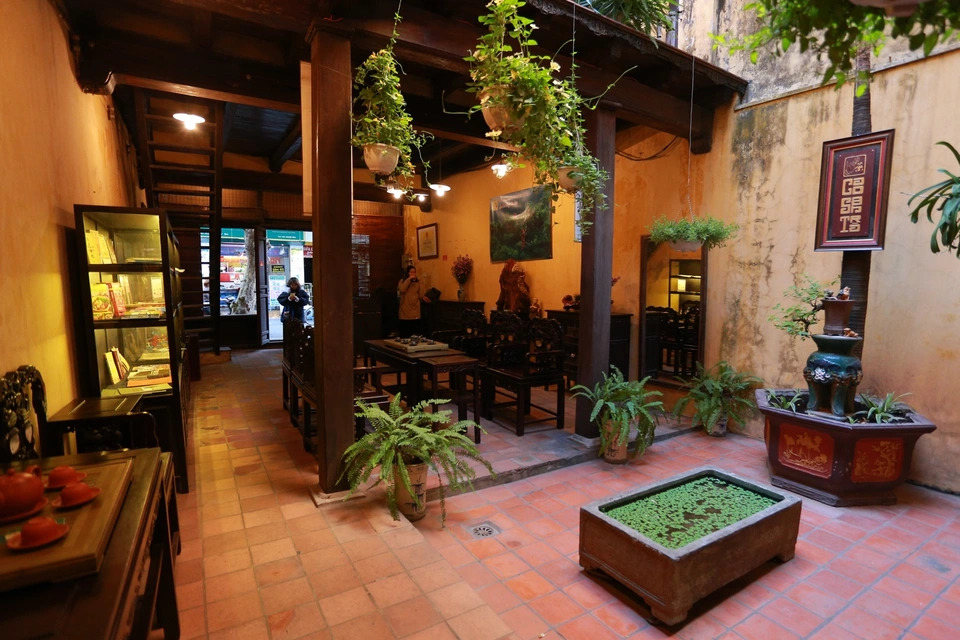
Hoan Kiem Lake, also known as Sword Lake, is a symbol of Hanoi's cultural and historical significance. Situated in the heart of the city, this picturesque lake is surrounded by lush greenery and iconic landmarks, making it a must-visit destination for travelers.
One of the highlights of Hoan Kiem Lake is the Ngoc Son Temple, located on a small island in the northern part of the lake. Accessible via the iconic red Huc Bridge, the temple is dedicated to the revered scholar Van Xuong and the legendary turtle deity Kim Quy. Visitors can explore the temple's intricate architecture, ancient artifacts, and stunning views of the lake from its elevated position.
Travelers can also enjoy leisurely walks along the lakeside promenade, offering panoramic views of the water and the city skyline. Locals often gather here for morning exercises, evening strolls, and cultural events, creating a vibrant atmosphere that reflects the rhythm of Hanoi's daily life.
For those seeking a unique experience, consider taking a boat ride on the lake to admire its tranquil beauty from a different perspective. Pedal boats and traditional wooden boats are available for rent, allowing visitors to explore the lake at their own pace while enjoying the cool breeze and scenic surroundings.
Hoan Kiem Lake is also steeped in legend and folklore, most famously associated with the tale of the Emperor Le Loi and the magical sword. According to legend, a divine turtle surfaced from the lake to reclaim the sword, symbolizing the nation's struggle for independence and resilience.
Whether you're interested in history, culture, or simply seeking a peaceful escape from the bustling city, Hoan Kiem Lake offers something special for every traveler to discover and enjoy.

Ta Hien Street, nestled in the heart of Hanoi's Old Quarter, is a vibrant and bustling thoroughfare renowned for its lively atmosphere and diverse culinary scene. This historic street is a favorite among locals and tourists alike, offering a plethora of dining options, street vendors, and bustling nightlife.
Ta Hien Street is famous for its array of street food stalls and sidewalk cafes, where visitors can indulge in authentic Vietnamese cuisine and local delicacies. From savory banh mi sandwiches to flavorful pho noodle soup and refreshing bia hoi (fresh beer), there's something to satisfy every palate.
In addition to its culinary delights, Ta Hien Street is also a popular destination for nightlife enthusiasts. As the sun sets, the street comes alive with bustling bars, lively music, and a vibrant atmosphere. Whether you're looking for a relaxed evening sipping drinks with friends or seeking to immerse yourself in Hanoi's nightlife scene, Ta Hien Street offers plenty of options for entertainment and socializing.
Beyond its gastronomic offerings and nightlife, Ta Hien Street is steeped in history and culture. Stroll along the narrow lanes lined with colonial-era buildings, soak in the bustling street scenes, and immerse yourself in the rich tapestry of Hanoi's heritage.
For travelers seeking an authentic and memorable experience in Hanoi, a visit to Ta Hien Street is a must. Whether you're sampling local delicacies, enjoying a cold beer, or simply soaking in the vibrant atmosphere, Ta Hien Street promises to delight and enchant visitors with its unique charm and energy.
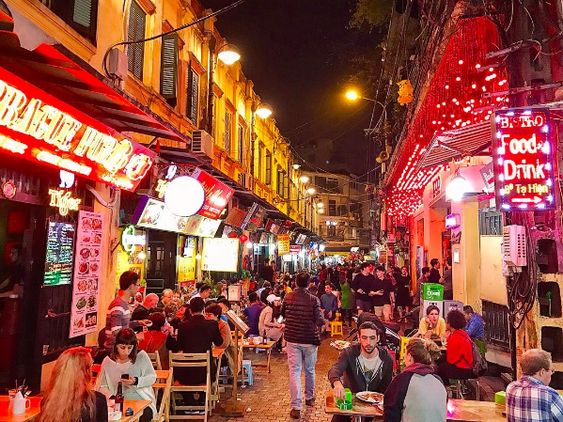
When exploring the Old Quarter, it's advisable to consider the following points for a complete trip:

Experiencing Vietnam’s Rich Ethnic Diversity at the Vietnam Museum of Ethnology Embarking on a journey through the Vietnam Museum of
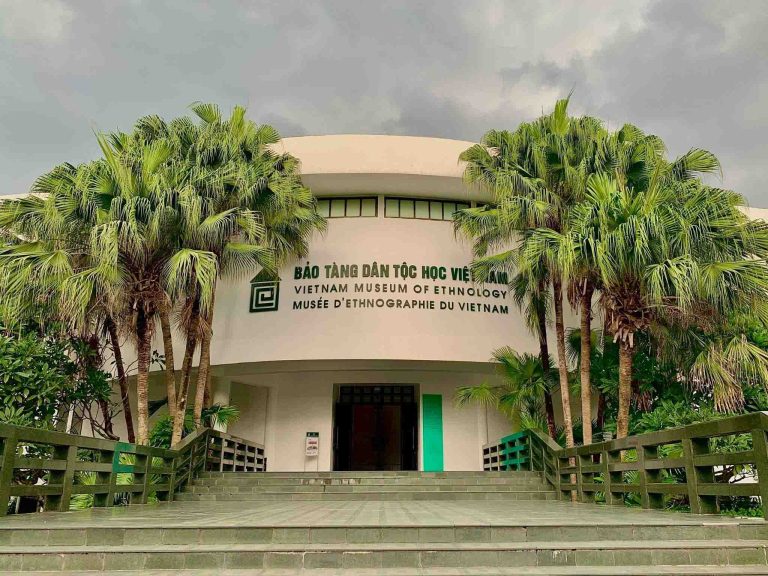
A Visitor’s Guide to the Vietnam Museum of Ethnology in Hanoi Are you planning a trip to Hanoi and looking
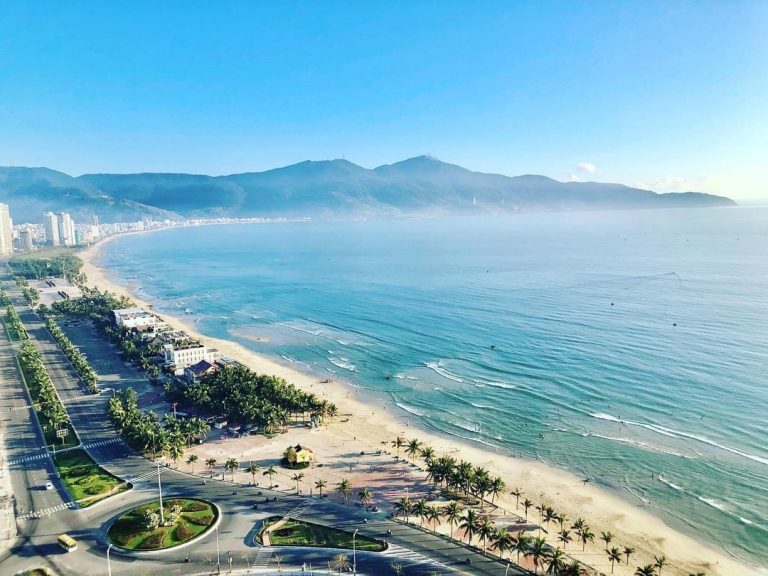
The Best Time to Visit My Khe Beach: Seasonal Guide My Khe Beach, with fine white sand and clear blue

A Day at My Khe Beach: What to See and Do My Khe Beach, one of the most beautiful beaches